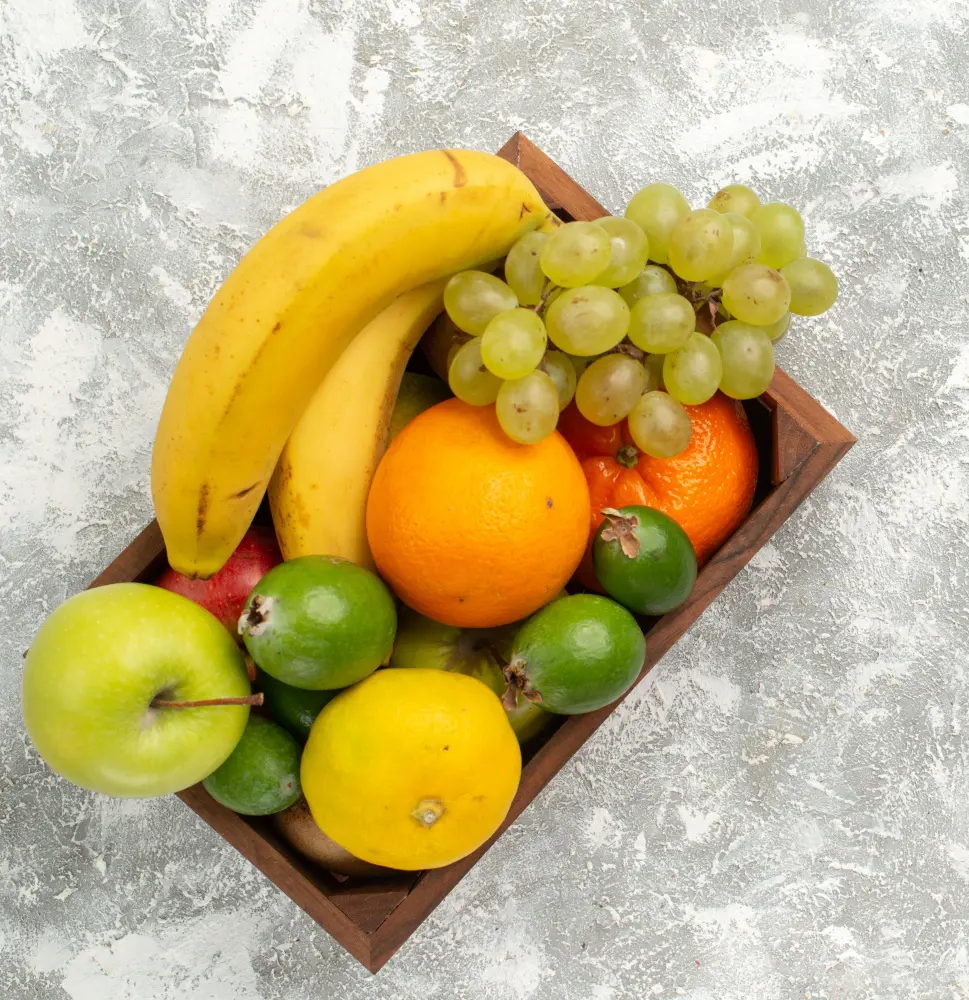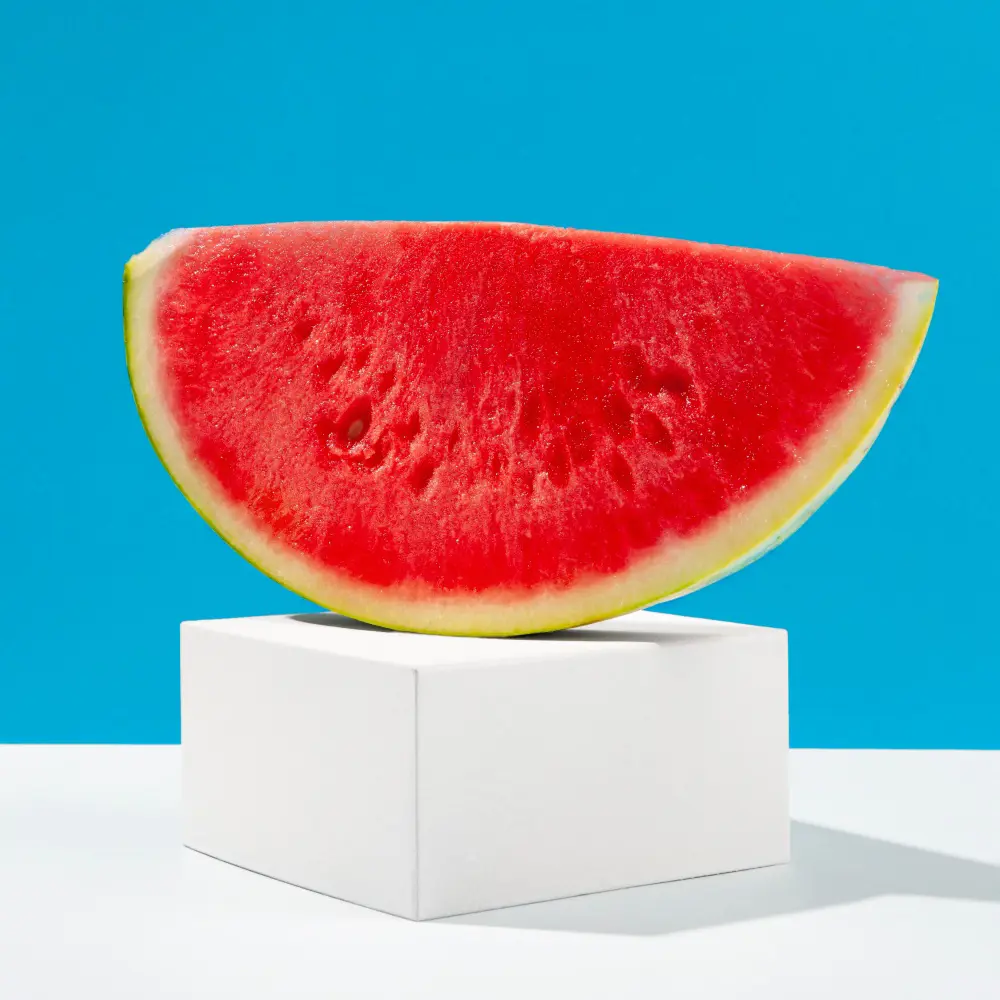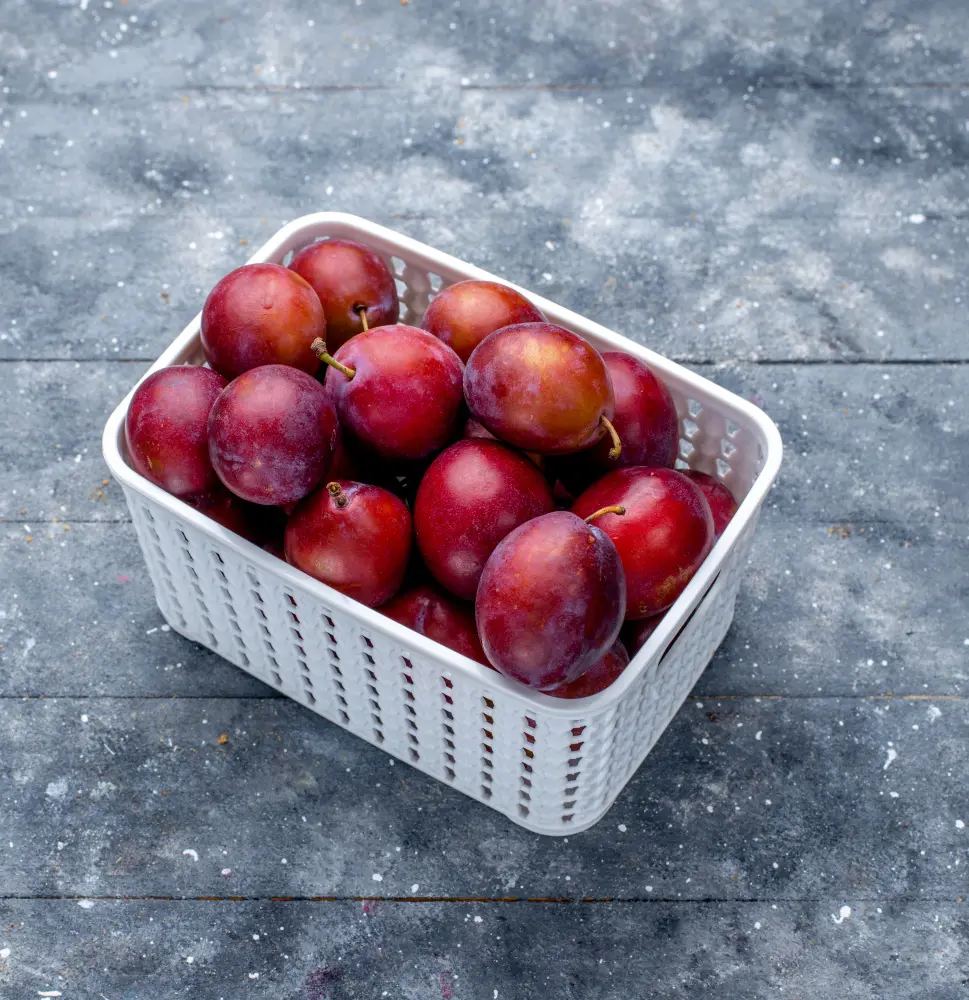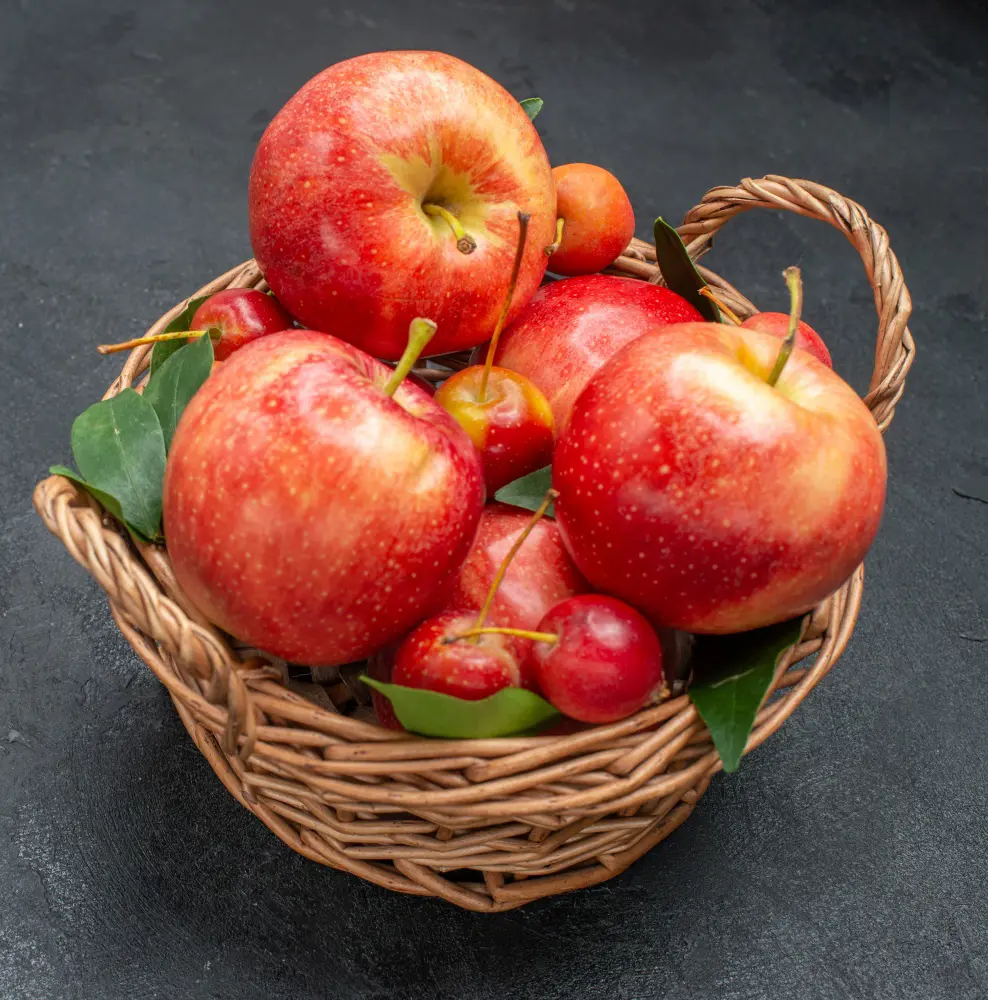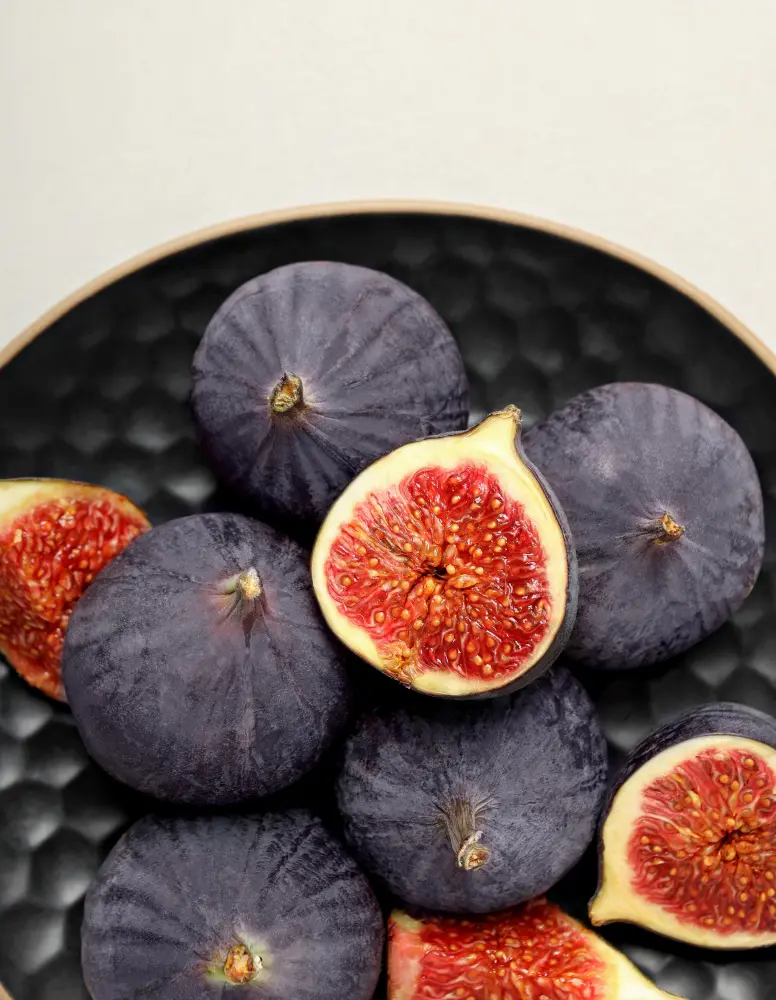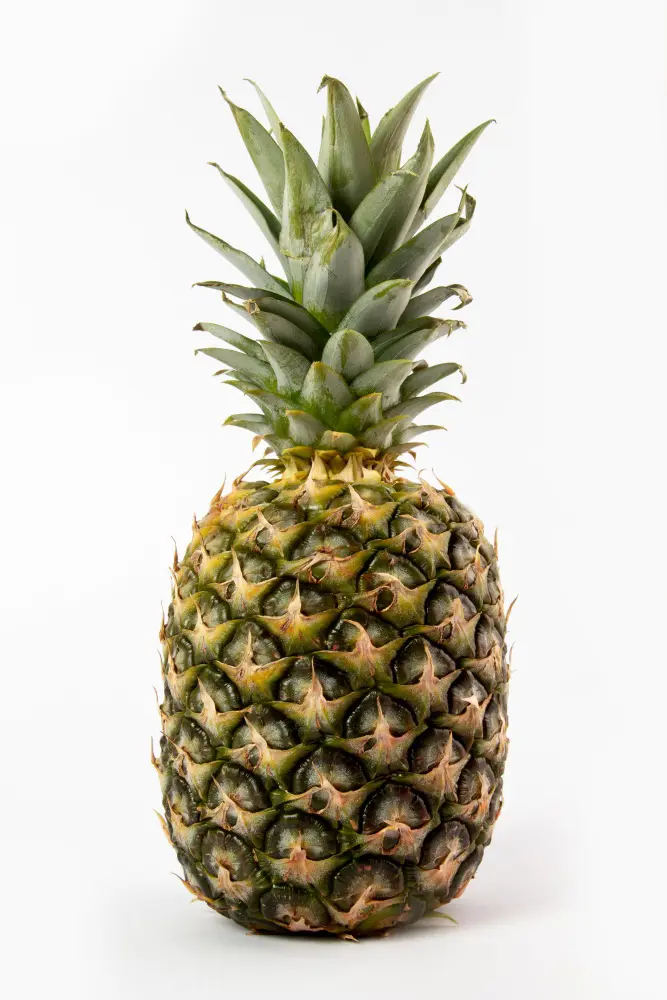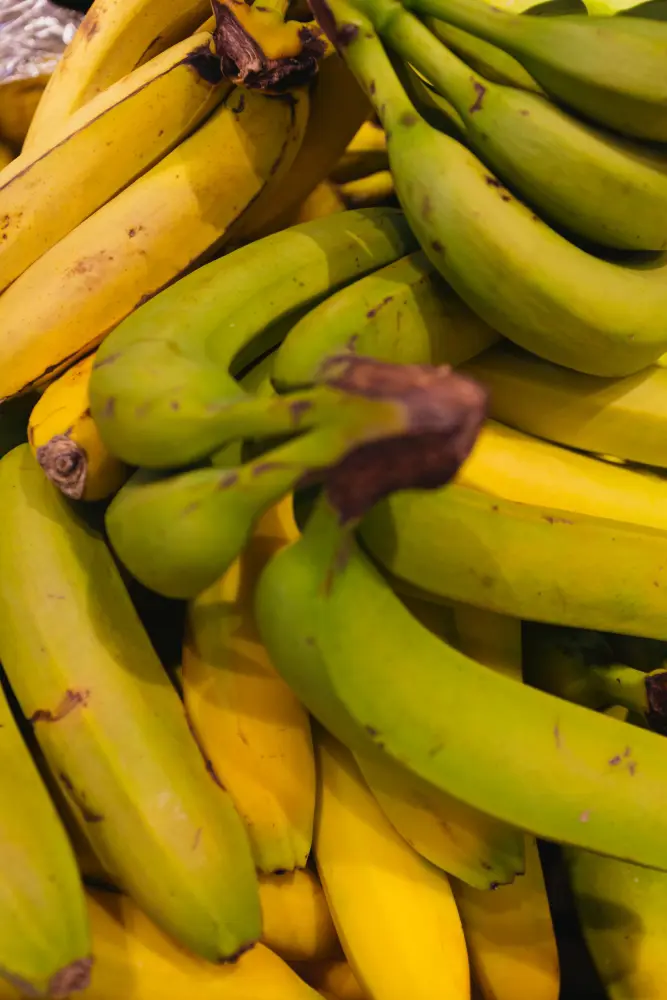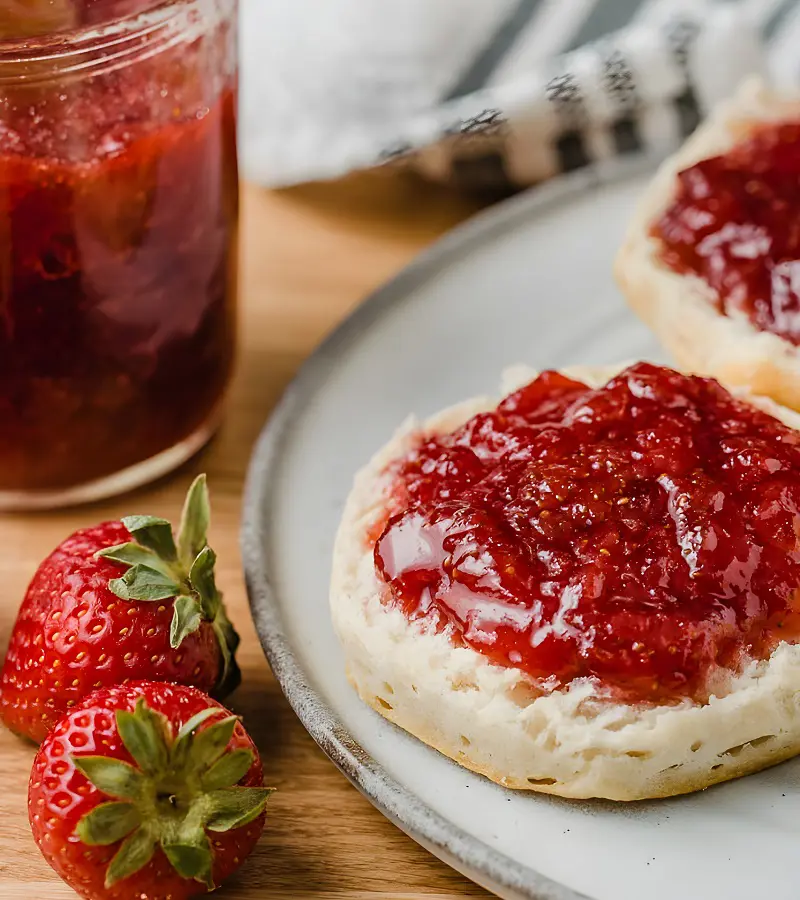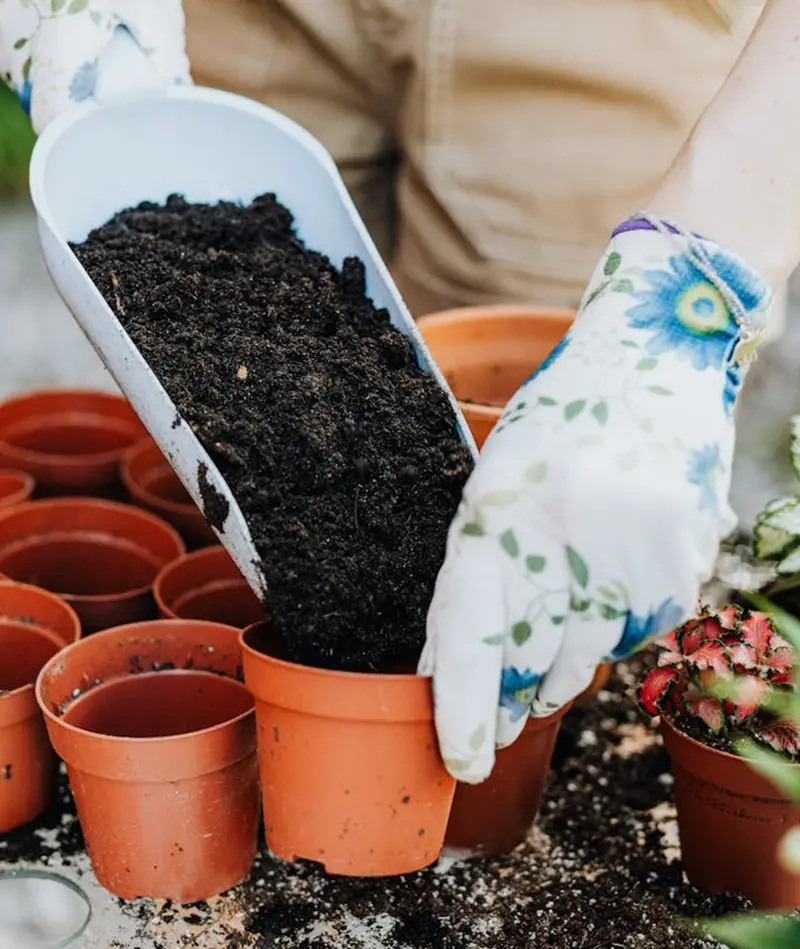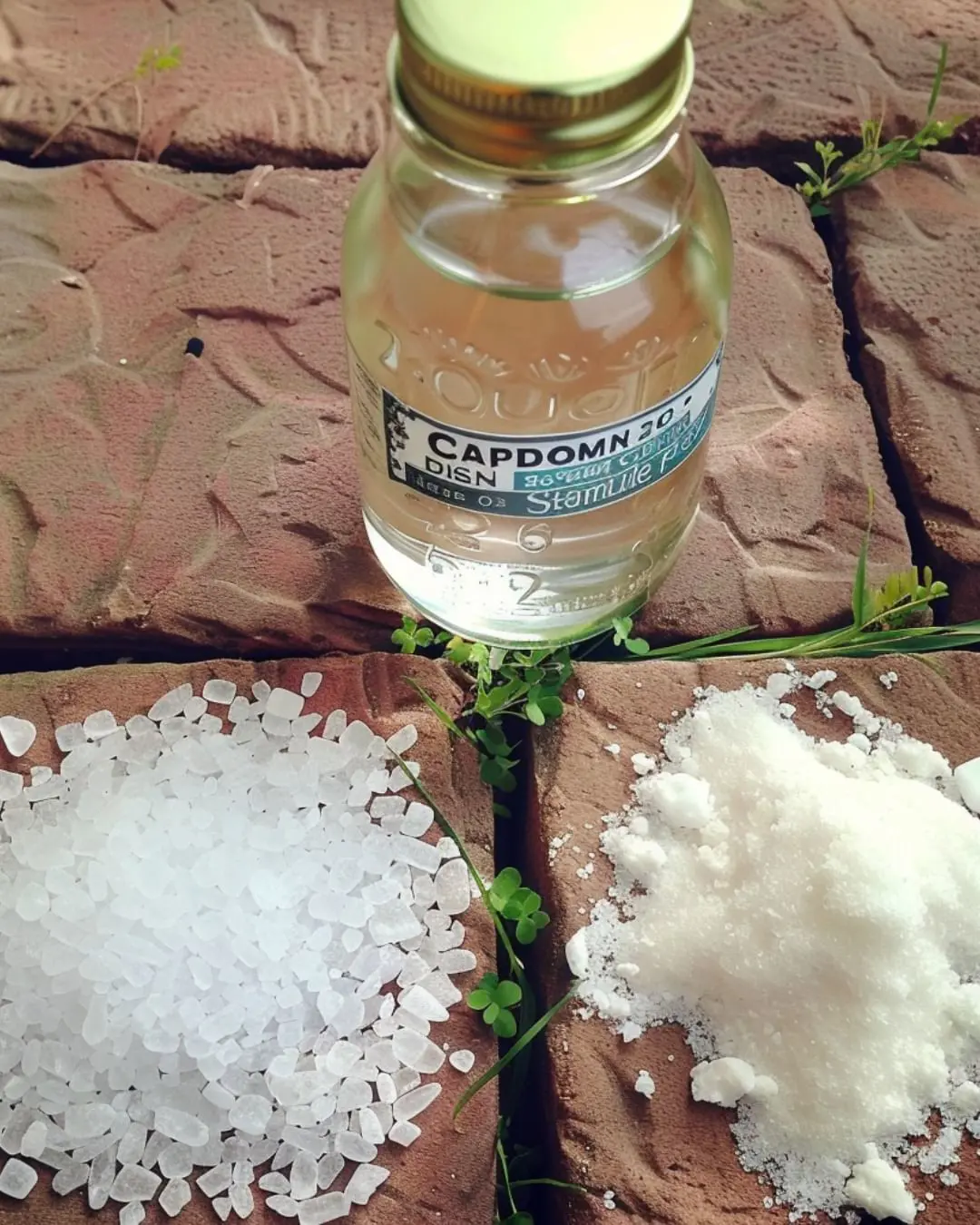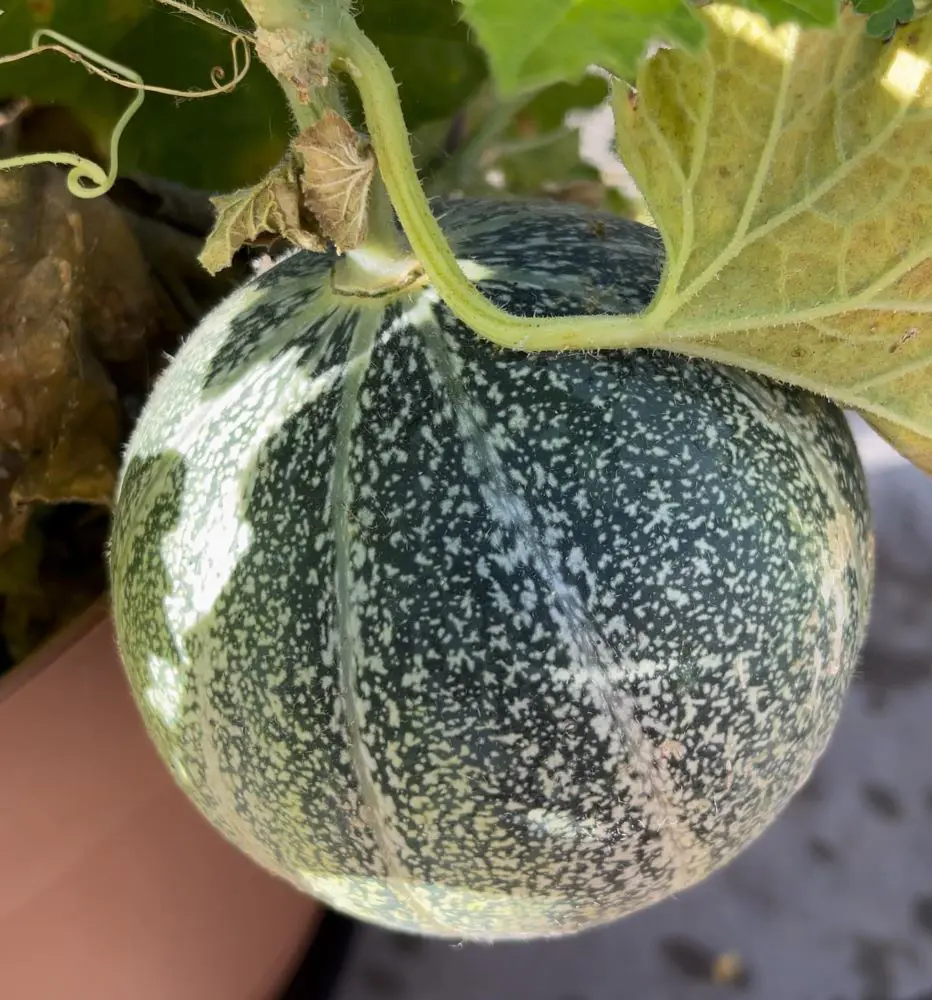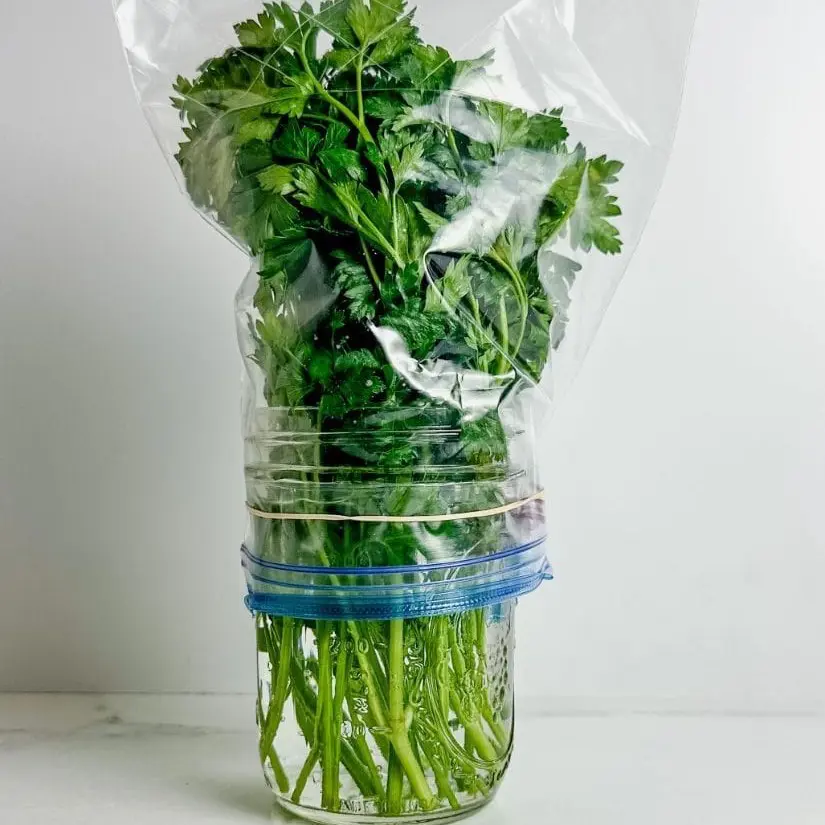1. Spring
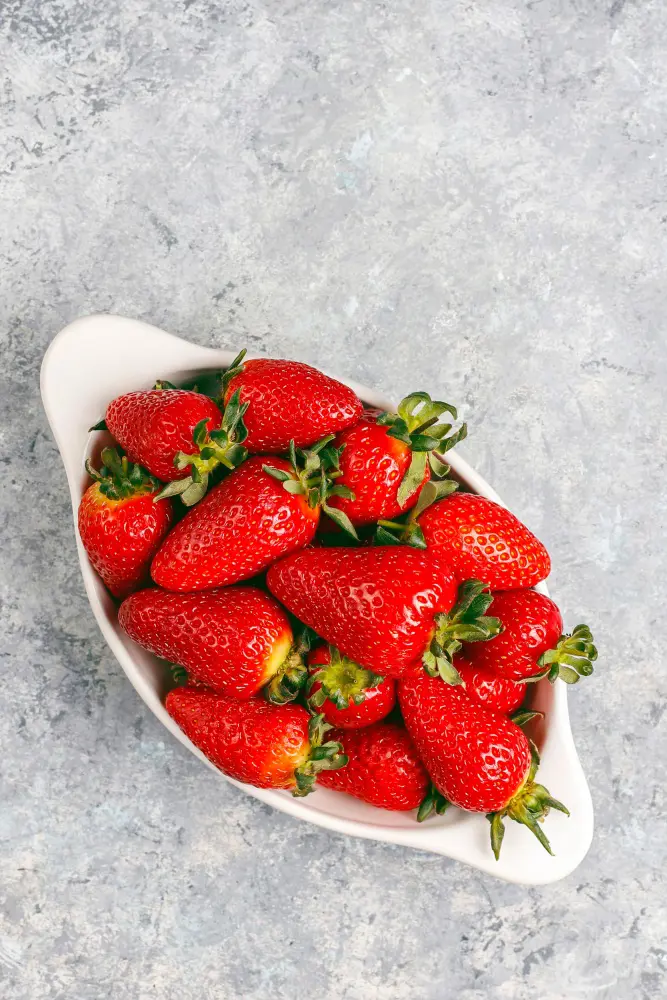
Strawberries
Strawberries come first into the market during early spring and rank best as the seasonal fruits. You may find them all around the year and yet they are fresher and taste better during the current season.
Select berries that are bright red with fresh green tops - and hey, guess what, you can store them in the refrigerator and they’ll last up to five days.
Rhubarb
Fresh rhubarb reaches the markets very early in spring, and the flavor is tart. Long red or green stalks are the common offerings that find their way into pies and desserts.
Rhubarb in its fruit form loses freshness after a few days; therefore, they are best eaten fresh. But if you are very particular with it, you can store it in the refrigerator for up to two weeks.
Pineapple
Available year-round, but in their natural season, pineapples peak in the spring. For maximum flavor, pineapples should have a gold-yellow color and smell sweet.
Grapefruit
Fresh grapefruit is really great-tasting, tangy, and refreshing enough to brighten up your breakfast or salads. Choose firm fruits with a slight give; they should be stored in the refrigerator to keep fresh for a couple of weeks.
Kiwi
Kiwi is available all year, but fresh locally harvested varieties often show up in late spring. These small, fuzzy fruits have a sweet-tart flavor and are a great way to add a little tropical flair to spring dishes.
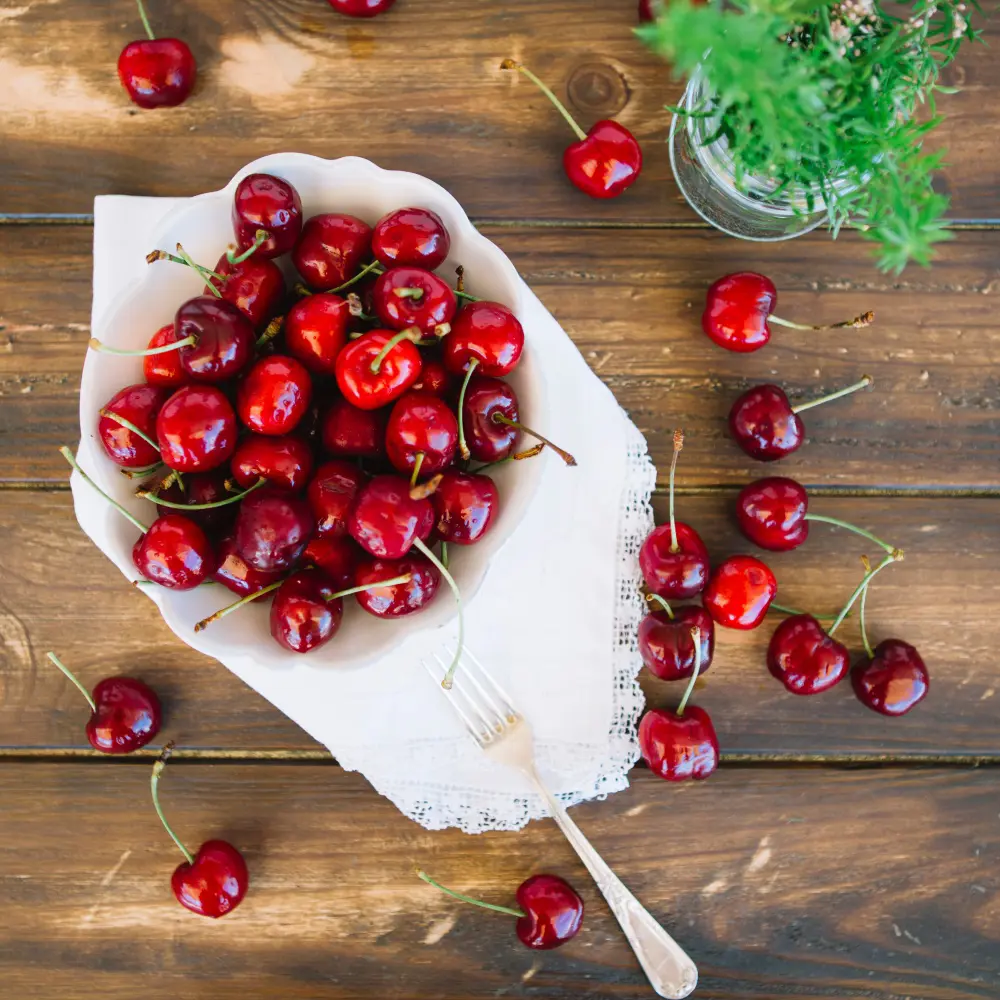
Cherries
Late spring brings in cherries, which carry on into summer. Fresh cherries are best when they're firm and a deep red, offering a juicy burst of flavor. They are commonly sold fresh in grocery stores throughout the season.
Blueberries
Fresh spring blueberries are plump and juicy with deep blue color. Pick firm, evenly colored berries for the best flavor and store them in the refrigerator up to 10 days.
Apricots
In season, apricots have a soft, velvety skin and a sweet, tangy taste. They have a short lifespan, so it is ideal to consume them fresh, several days after purchase.
Peaches
Available all year canned or frozen, fresh peaches start showing up in late spring. The early ones are smaller and firmer, and great for snacking. As the season progresses the fruit gets sweeter and juicier.
Nectarines
They can be found throughout the year but the fresh type is divine this season. Select smooth and aromatic nectarines, which you should leave to ripen at room temperature.
